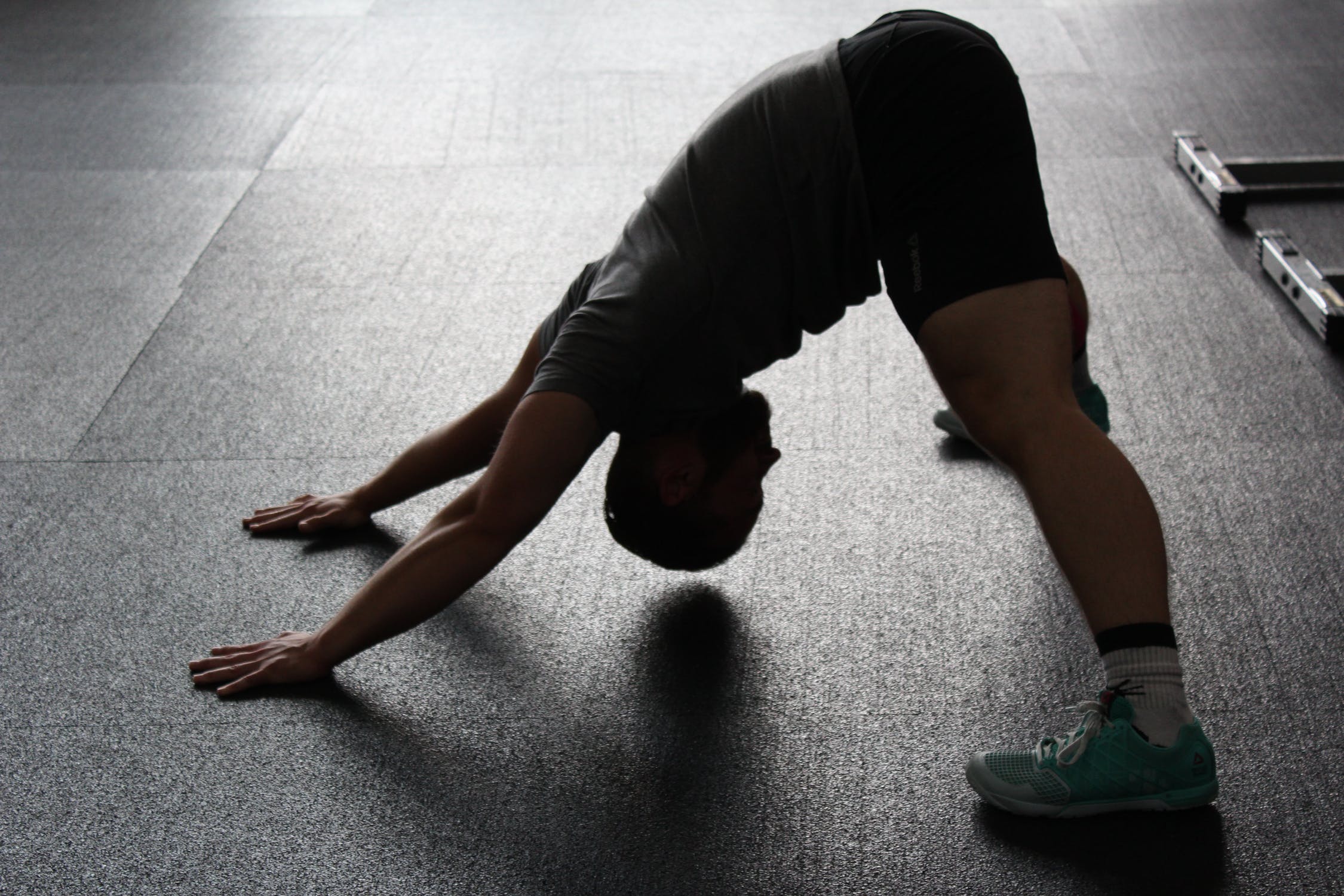
1. You’ve Been Doing the Same Stretches
Over and the Problem is Still There Chances are, there are a few factors at play here. If this is a stretch you have been doing for a long time and it has gradually stopped working it may be that your muscles are now adapted to this stretch. Because of this you may not necessarily be “feeling” that tension leave the same way it used to. Also, it could be because over time you may have been doing the stretch incorrectly and have gotten into the routine of doing the stretch wrong making it ineffective.
How a Massage Therapist Can Help with This: Registered massage therapists are trained to provide both active and passive stretching. When you see a massage therapist, they can use their in-depth knowledge of anatomy and biomechanics to ensure you are doing your stretches correctly. Not only that, they may be able to determine that there is more going on causing that area to be painful or irritated. As a part of a massage therapy treatment, your massage therapist will be able to “feel” where the real restrictions are and help alleviate the cause of the problem.
2. It Hurts When You Stretch
First of all, it should never hurt when you stretch. If it does, you should stop stretching that area because you may actually be doing more harm than good. If you are doing a stretch incorrectly or if you are “overstretching” – both in time, might play a role in causing that pain you’re experiencing during stretching. Also, sometimes you may experience “knots” in your muscles, which is really just a bundle of restricted muscles fibers, which are preventing you from stretching pain free.
How a Massage Therapist Can Help With This: Just like we stated above, a registered massage therapist will use their assessments to determine if there is a bigger underlying factor to the pain. Usually, the problem is an area of restriction within the muscle like a “knot” or a “trigger point”, in which a massage therapist will easily be able to resolve given their experience and training working with soft tissues. But it is also important to remember that pain could indicate something more serious. Since massage therapists are trained to spot some of these underlying conditions they will be instrumental in either helping you resolve the problem or referring you to your doctor in order to get a medical diagnosis.
3. You Still Feel Unbalanced Even After Stretching
A lot of times, people focus on stretching the “area” that feels tight. However, the body is a complicated machine and sometimes that “tight” area is in response to imbalances in other areas of your body. For example, sometimes you may experience referral pain (i.e. the pain is coming from a different area in your body). Referral pain is common with things like headaches, jaw pain, carpal tunnel and other pains you may experience down your arms and legs. Also, your posture may play a big role in how ‘balanced’ you feel.
How A Massage Therapist Can Help With This: A registered massage therapist is trained to look at the “WHOLE” body and not just the symptom. Your massage therapist will be able to help decipher if your posture or other areas in your body are causing your pain. Your stretching routine should leave you feeling balanced and more stable so your massage therapist can help make sure that your stretching routine is best for you. Your massage therapist can also help passively stretch those restricted areas on the table during treatment, helping you achieve a deeper stretch you might not otherwise be able to provide yourself.
